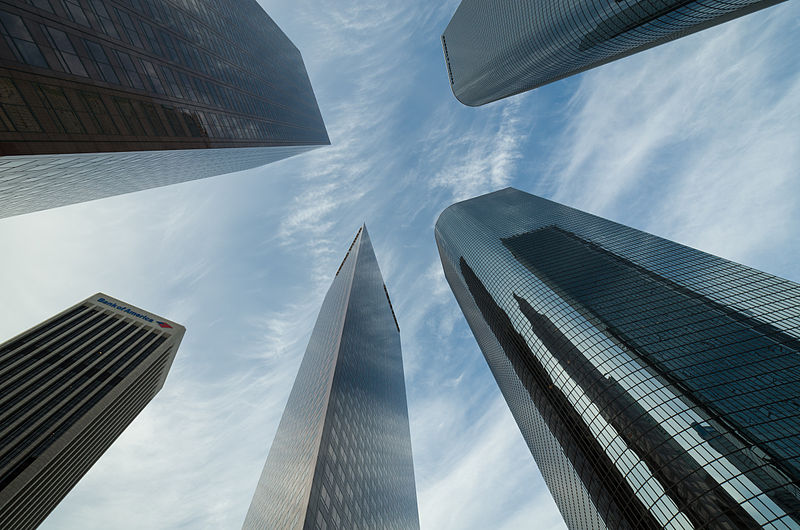The buildings of tomorrow aren’t just about looking good—they’re redefining sustainability, technology, and human interaction. Architects today are designing structures that push the limits of engineering while integrating smart technology and eco-friendly innovations. From futuristic skyscrapers to floating cities, the future of architecture is bold, sustainable, and breathtaking. Here are 10 architectural marvels leading the way.
Vertical Cities Are Rising
As urban populations explode, cities are running out of space—so they’re building up. Vertical cities, with entire ecosystems inside skyscrapers, are becoming a reality. These high-rise communities combine living spaces, offices, gardens, and entertainment hubs in a single structure, reducing the need for sprawling urban expansion.
Sustainable Skyscrapers Are Changing the Game
The era of energy-guzzling skyscrapers is fading, making way for carbon-neutral towers. New buildings are being designed with solar panels, wind turbines, and green facades that generate their own energy. The future skyline won’t just be tall—it will be self-sustaining.
3D-Printed Buildings Are Here
Why spend years constructing a building when a giant printer can do it in days? 3D printing is revolutionizing architecture by making construction faster, cheaper, and more sustainable. From homes to entire office buildings, this technology is reducing waste and making customized design more accessible.
Floating Cities Could Solve Rising Sea Levels
With climate change threatening coastal areas, architects are exploring floating cities as a solution. These self-sufficient communities are designed to rise with sea levels, using renewable energy and desalination systems to create sustainable living on water. The first floating city prototypes are already in development.
Smart Buildings Are Becoming the Norm
Tomorrow’s buildings won’t just be smart—they’ll be genius. AI-driven systems will monitor energy use, regulate climate, and even adapt to residents’ habits. From voice-controlled environments to buildings that learn and optimize efficiency, architecture is getting an intelligence upgrade.
Nature-Integrated Design Is Redefining Urban Spaces
Forget concrete jungles—future cities will blend seamlessly with nature. Architects are designing buildings with massive indoor forests, rooftop farms, and green walls that improve air quality and mental well-being. Some skyscrapers will even function as urban wildlife habitats.
Underground and Underwater Structures Are Expanding Possibilities
When there’s no room to build up, the next logical step is down. Underground homes, offices, and even hotels are becoming more popular, offering temperature regulation and energy efficiency. Meanwhile, futuristic underwater resorts are turning the ocean into a breathtaking architectural playground.
Adaptive and Shape-Shifting Buildings Are Emerging
Why settle for a static structure when buildings can adapt? Future designs will include structures that change shape based on weather conditions, retractable facades for temperature control, and walls that can move to transform a space on demand. Dynamic architecture is making buildings more efficient and interactive.
Space Architecture Is in the Works
With space exploration ramping up, architects are already designing homes for Mars and the Moon. Using self-assembling modules and 3D-printed materials, these extraterrestrial structures will need to withstand extreme conditions while providing sustainable living for future space travelers. The first prototypes may be ready sooner than we think.
Zero-Waste and Circular Architecture Is the Future
Future buildings won’t just be sustainable—they’ll be waste-free. Circular architecture focuses on using recycled materials, modular designs, and construction techniques that allow buildings to be disassembled and repurposed instead of demolished. The result? A cleaner, more efficient way to build.
The future of architecture is bold, smart, and deeply connected to the environment. As technology and sustainability continue to evolve, the buildings of tomorrow will be more than just structures—they’ll be living, adaptive ecosystems that redefine the way we experience space. Whether on Earth, underwater, or even in space, the future of architecture is limitless.

